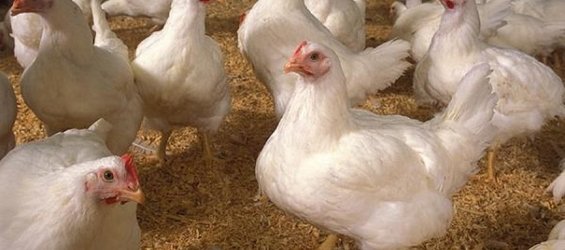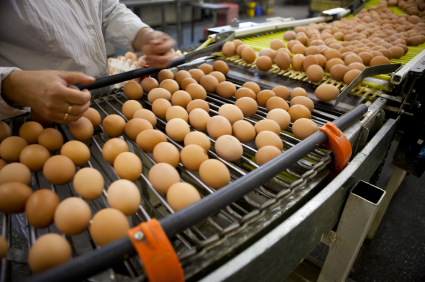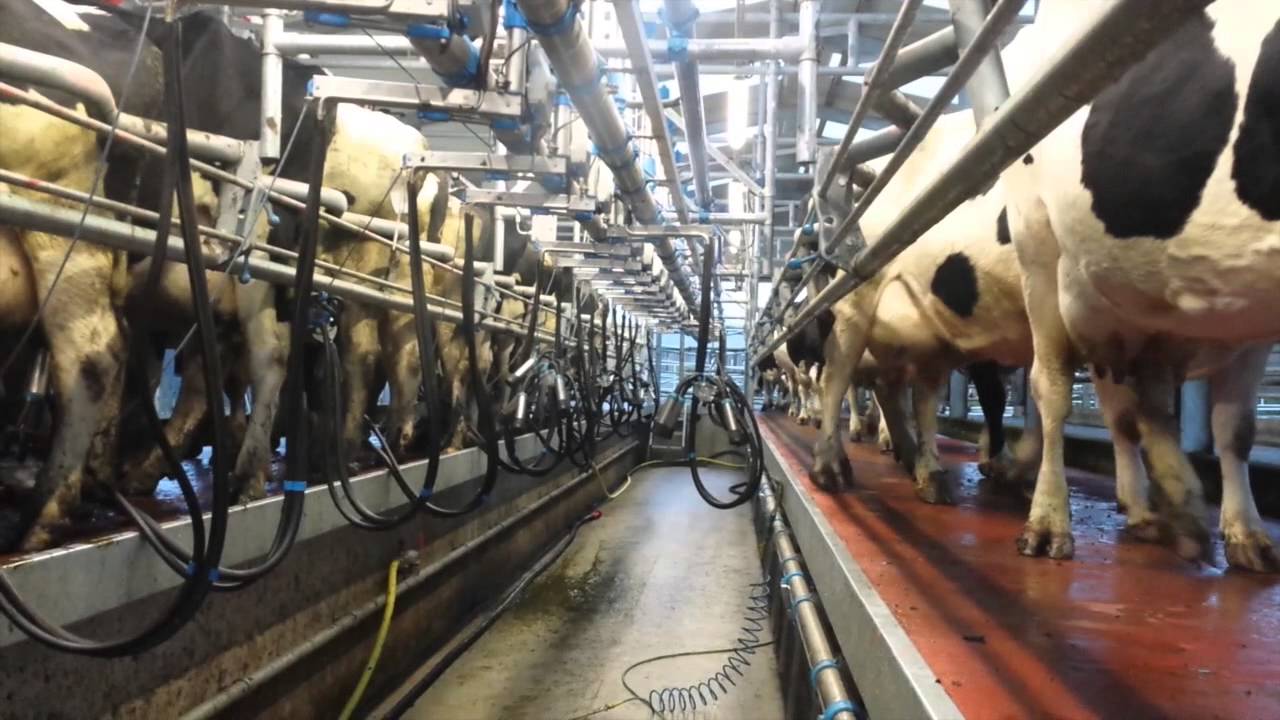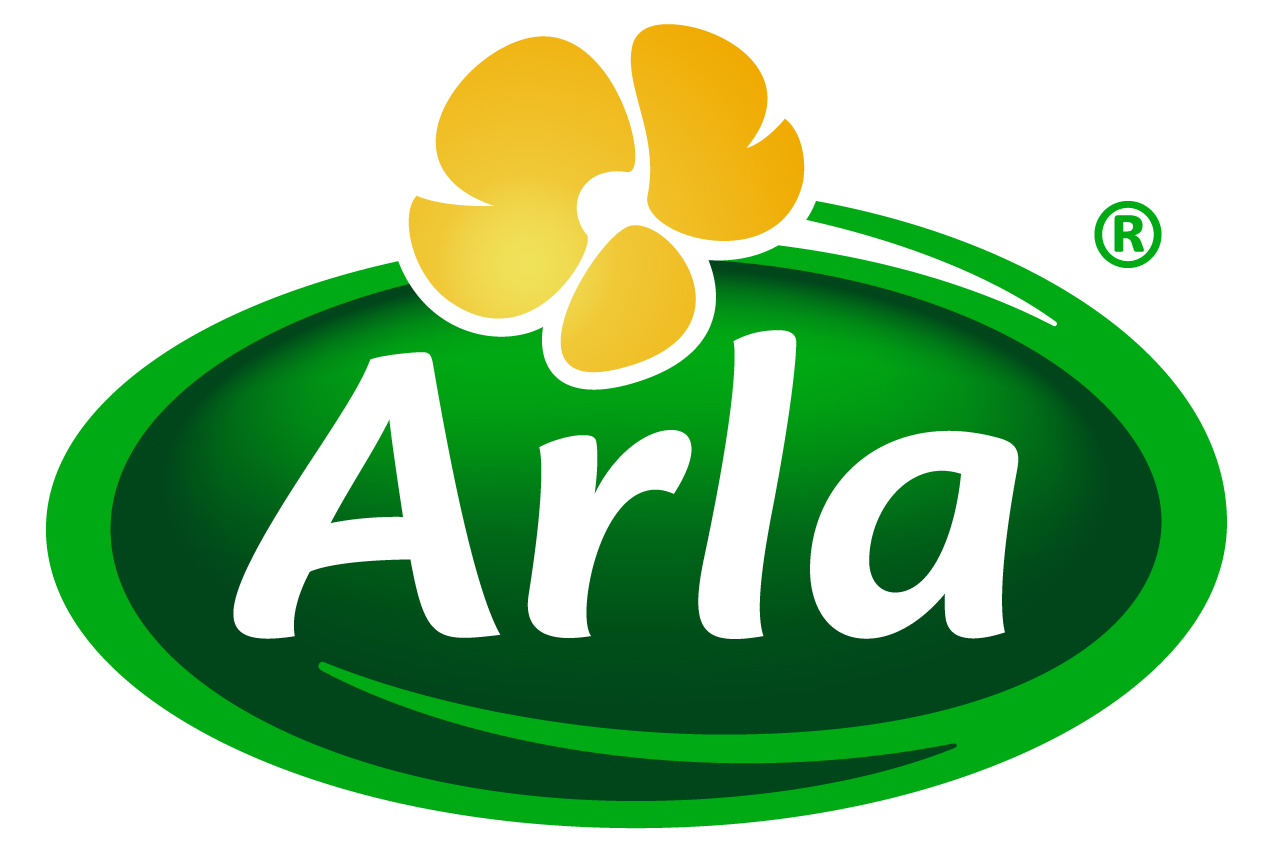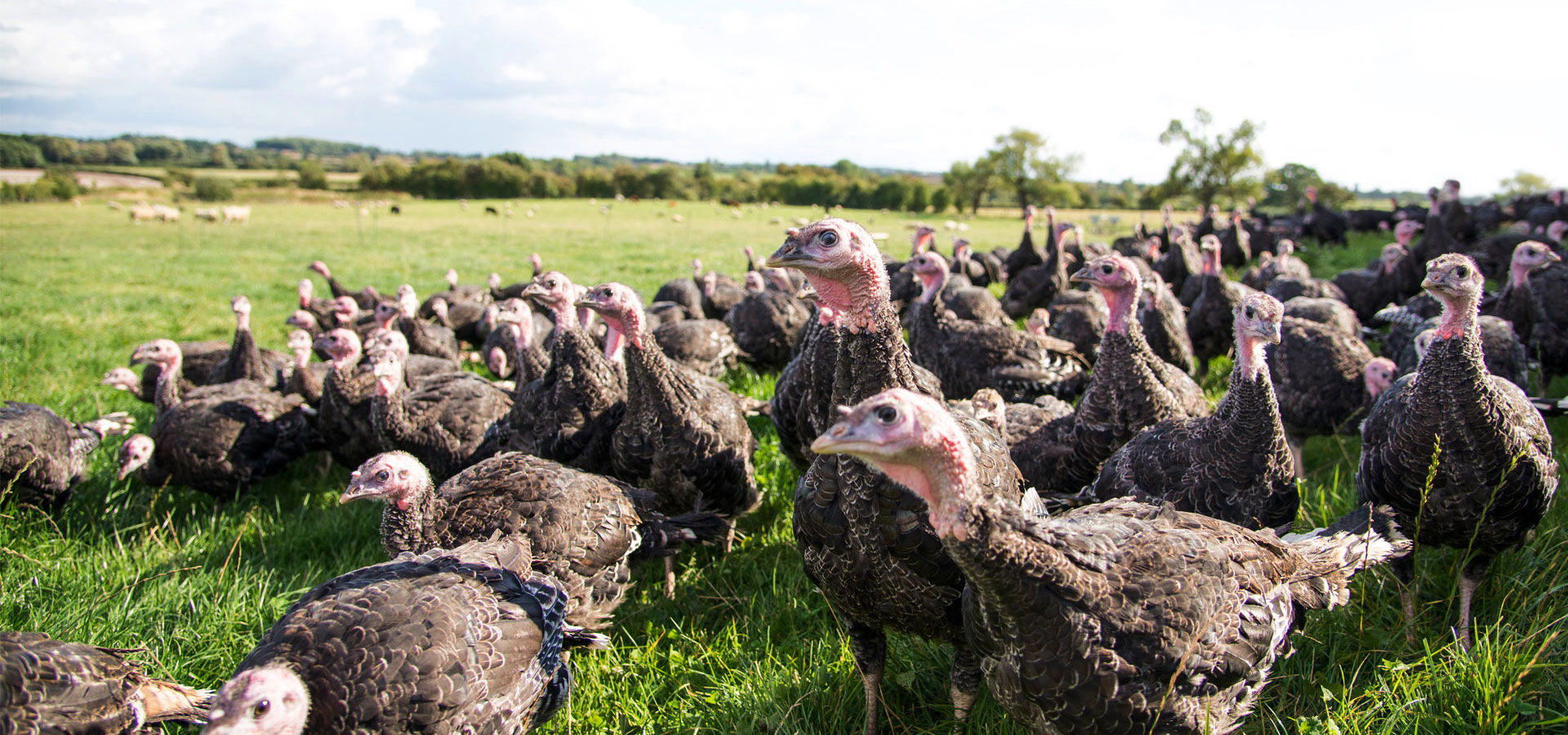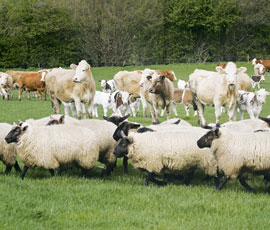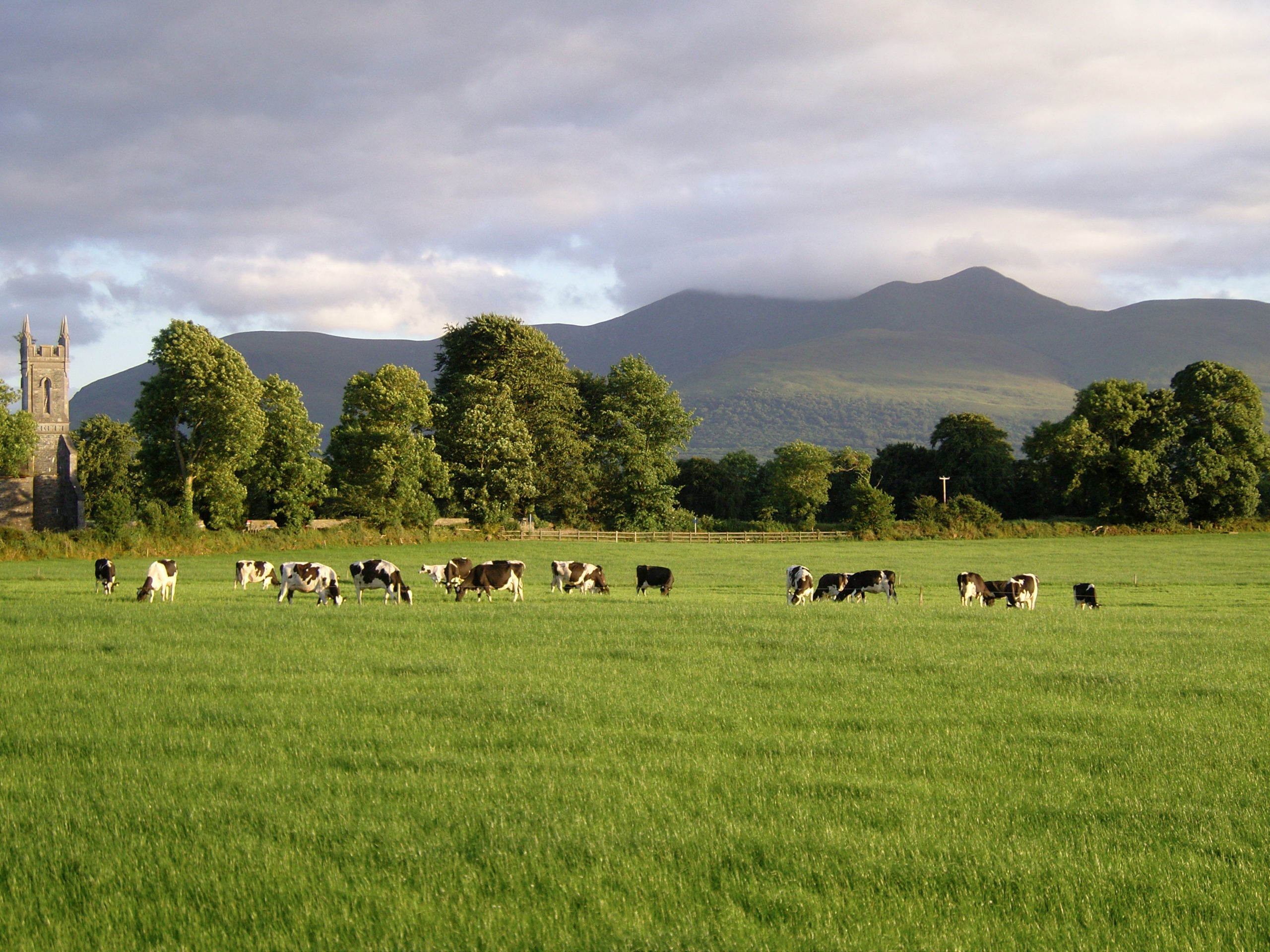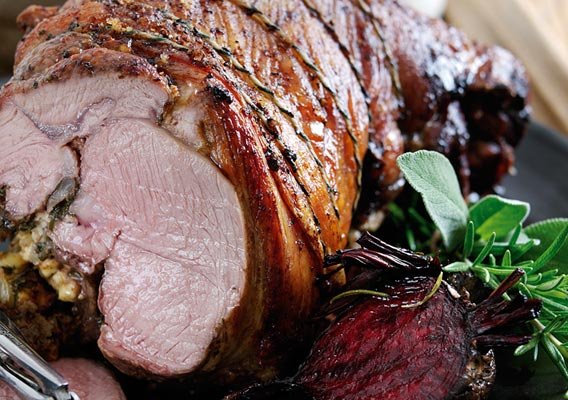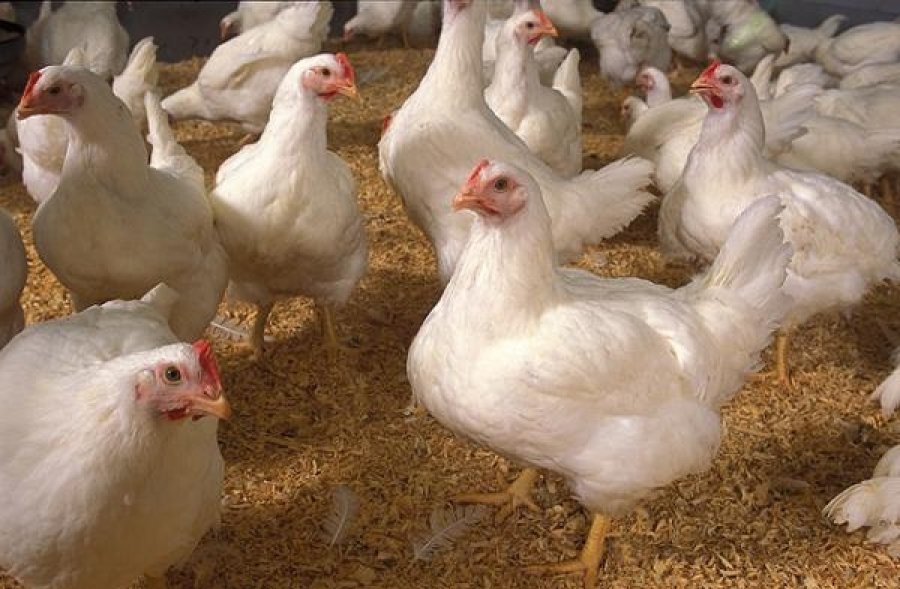Production
According to the latest forecast from the Global Dairy Market Outlook, global production for 2022 is expected to be 0.5% below year-earlier levels. This is the same ‘overall’ forecast as reported in July (see https://abcbooks.co.uk/dairy-markets-update/) although there has been a change to the estimates from individual countries since then. The global production is calculated from the six key exporting nations of the EU, USA, NZ, UK, Argentina and Australia. The southern hemisphere countries of NZ, Australia and Argentina are all now forecast to do worse than previously estimated after poor weather resulted in a challenging start to their seasons. Coupled with rising costs and labour shortages, NZ and Australia are forecasting production to decline by -3% and -4.4% respectively compared with 2021. Argentina is still estimating growth compared to year-earlier levels, but marginally, at 0.7%. Previously combined production for the three countries was forecast to decline year-on-year by -0.7%, this has been revised to -2.2% fall. In contrast, the USDA is forecasting production to now increase by +3.0% in the USA, compared to previous estimates of -0.1% decline, citing herd expansion and an increase in yield during the second half of the year.
Meanwhile the EU and UK are forecasting declines of -0.5% and -1.1% respectively on the year; these are similar to previous production estimates. However, UK production has started to improve. For September, the AHDB estimates UK production to be 1,155 million litres; if correct this would be the same as in 2021. Previously production had been running behind last year, but with the mild weather and rain, grass growth has improved after the dry summer. The AHDB is also reporting deliveries for the first three weeks of October to be up on 2021, with the latest week (w/e 15th October) running 2.5% (0.8m litres) above the same week last year.
Prices
After seeing an increase at both events in September, the Global Dairy Trade (GDT) Index has been in decline in October. At the latest event on 18th October, the index fell by -4.6% to average $3,723. This follows a -3.5% drop earlier in the month. But September’s increases were not the norm. The index has now fallen in 12 out of the last 15 events. In contrast, EU and UK wholesale prices have remained buoyant; why? The decline in the GDT is mainly due to lack of demand from China due to strict Covid restrictions still in place and an increase in self-sufficiency. The UK and EU are less reliant on China and currently supply in Europe is lower than demand, supporting prices. Even so, prices may come under pressure if current high prices relative to other regions results in export demand falling.
Meanwhile UK farmgate prices remain strong, with many processors continuing to announce increases or ‘standing-on’ for November.
